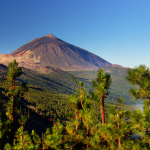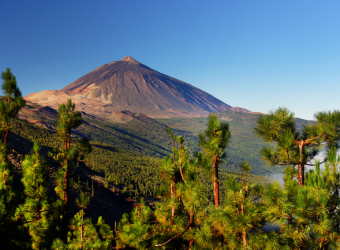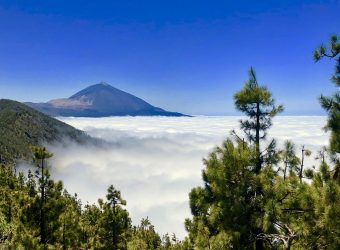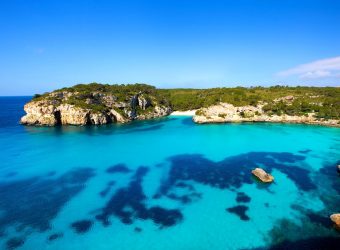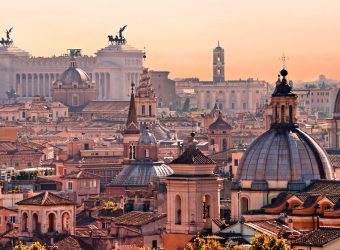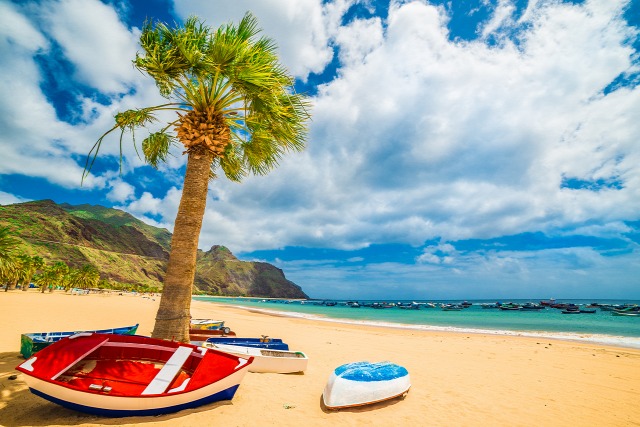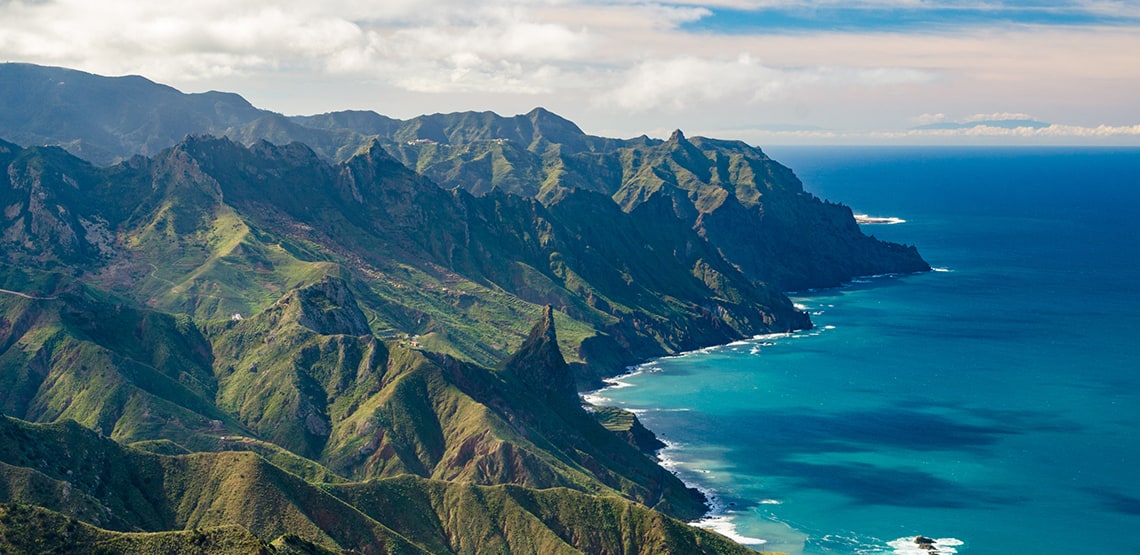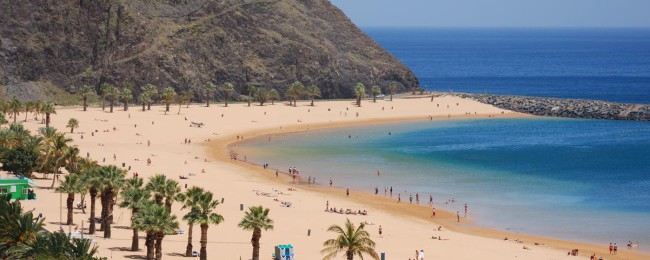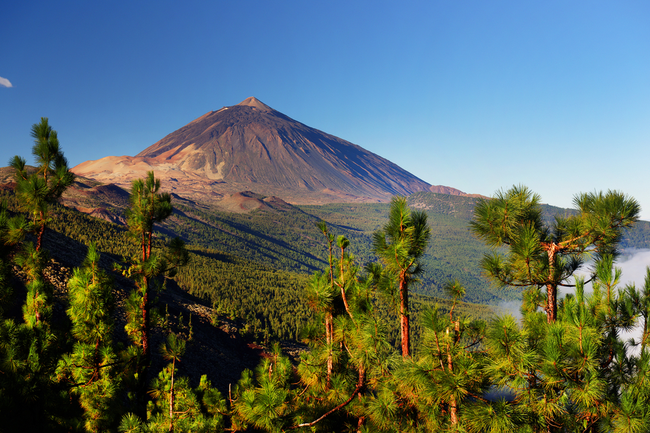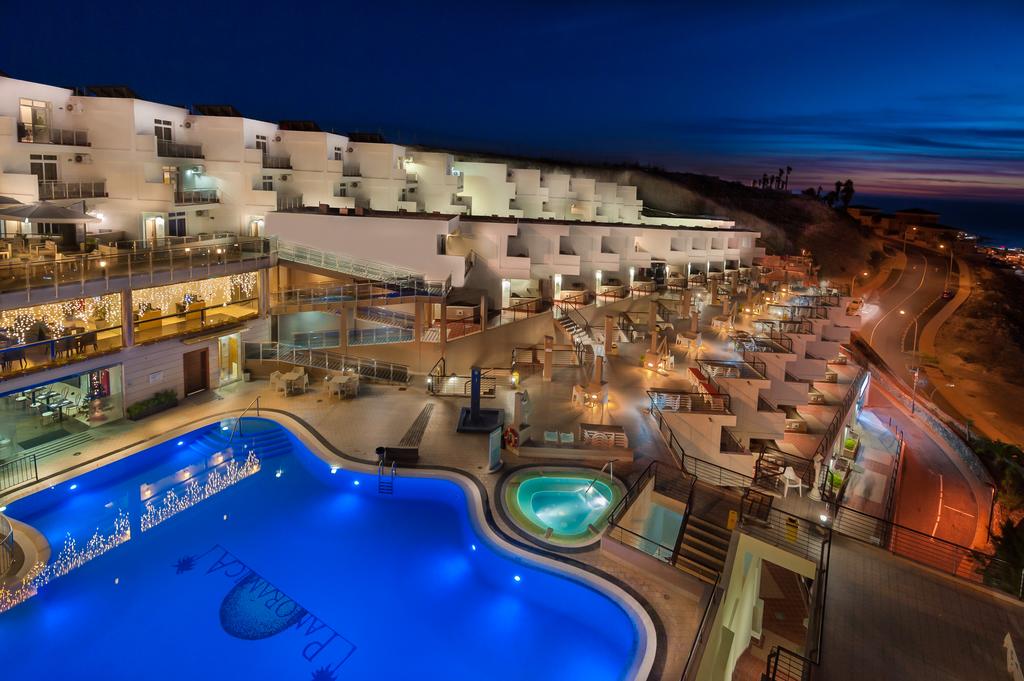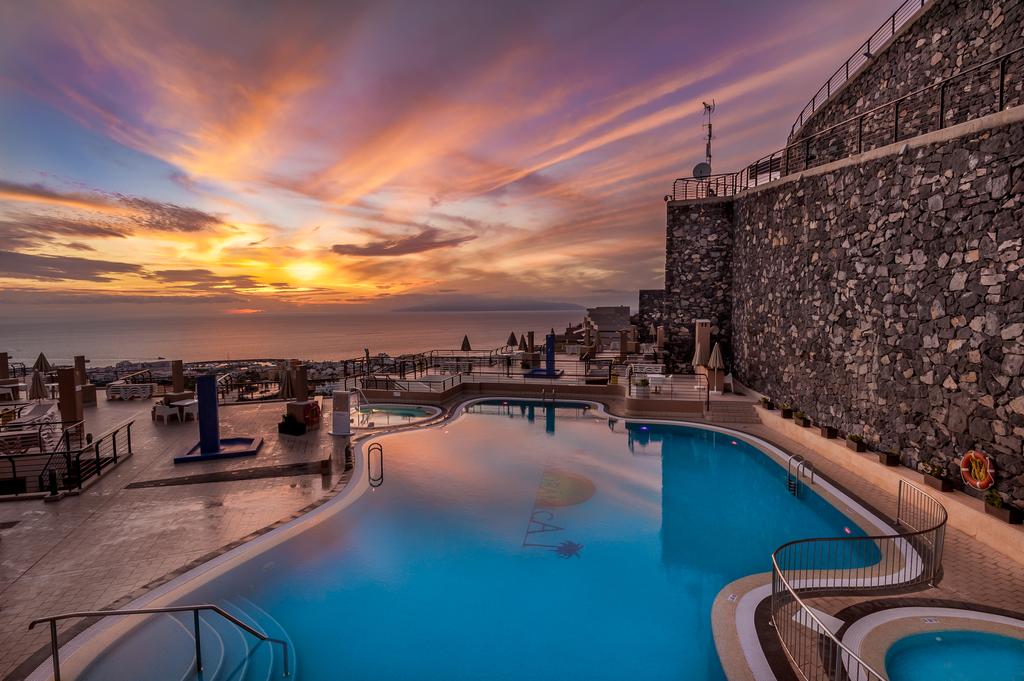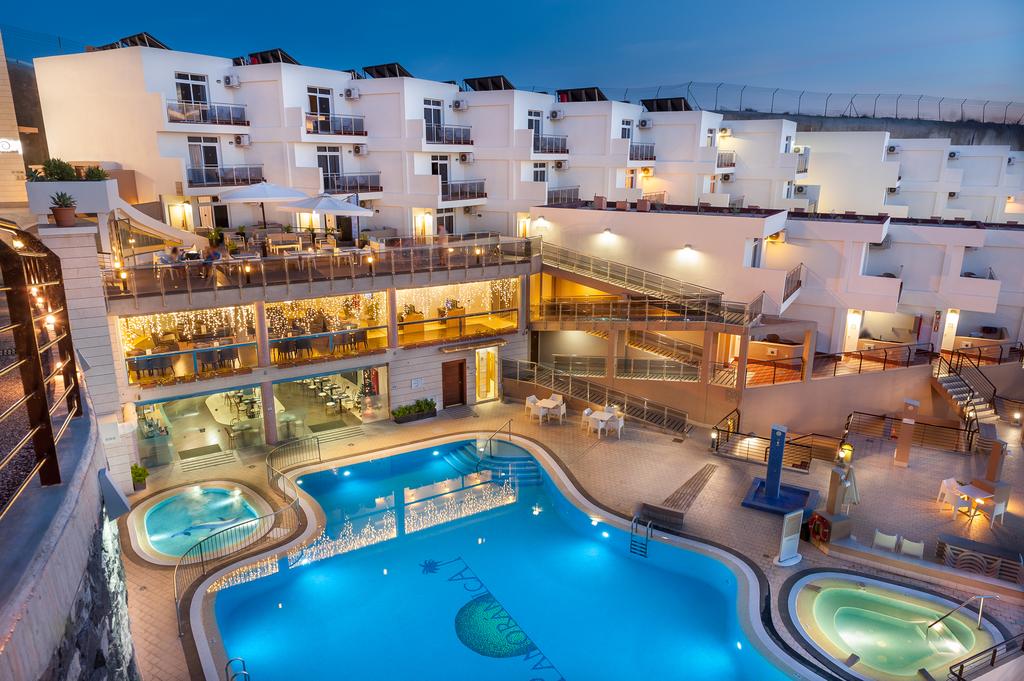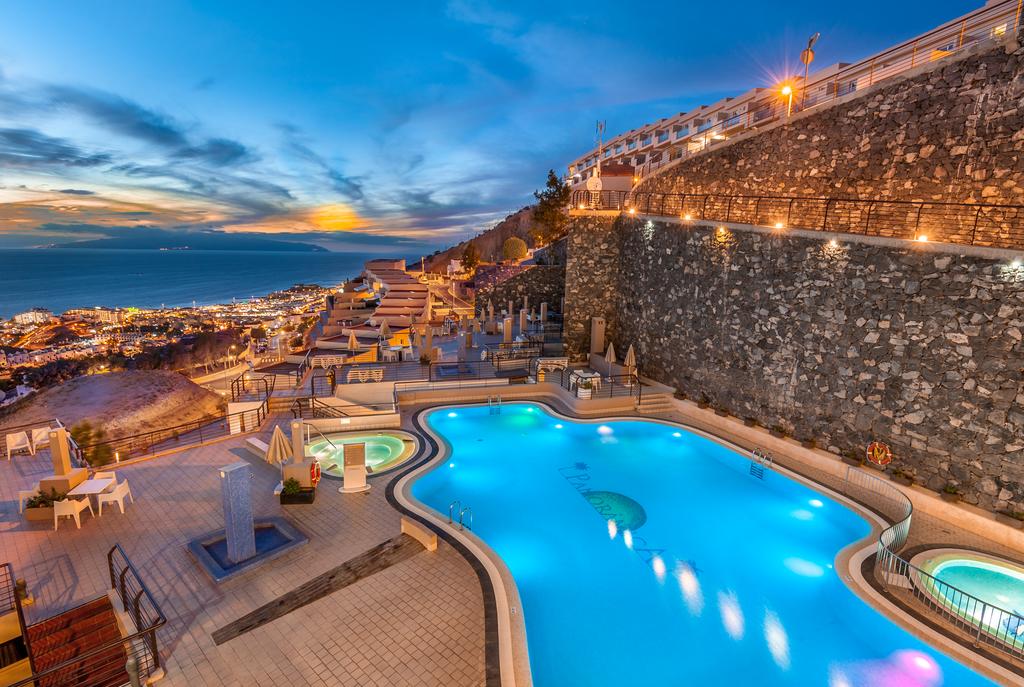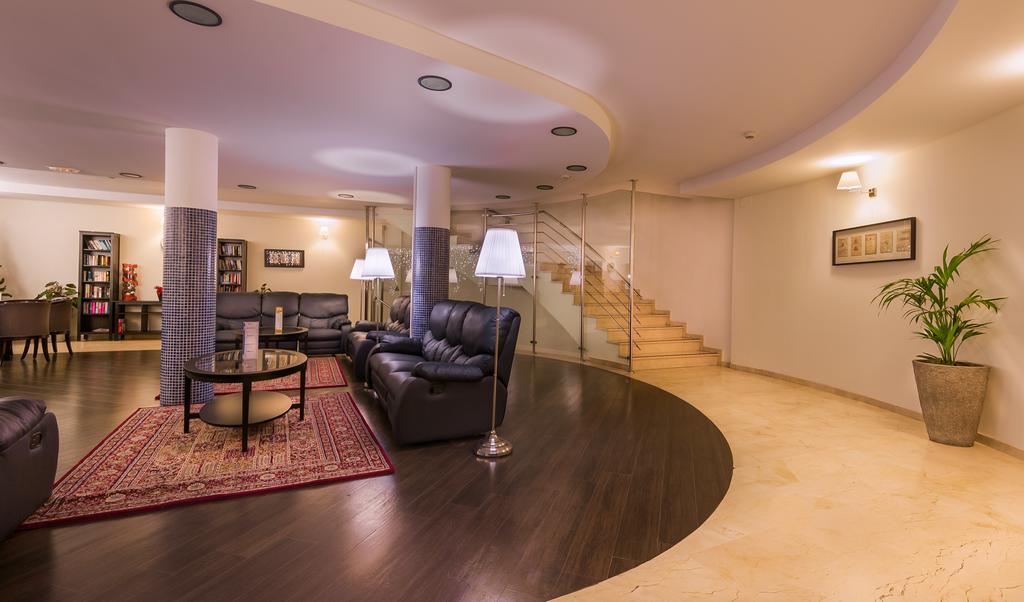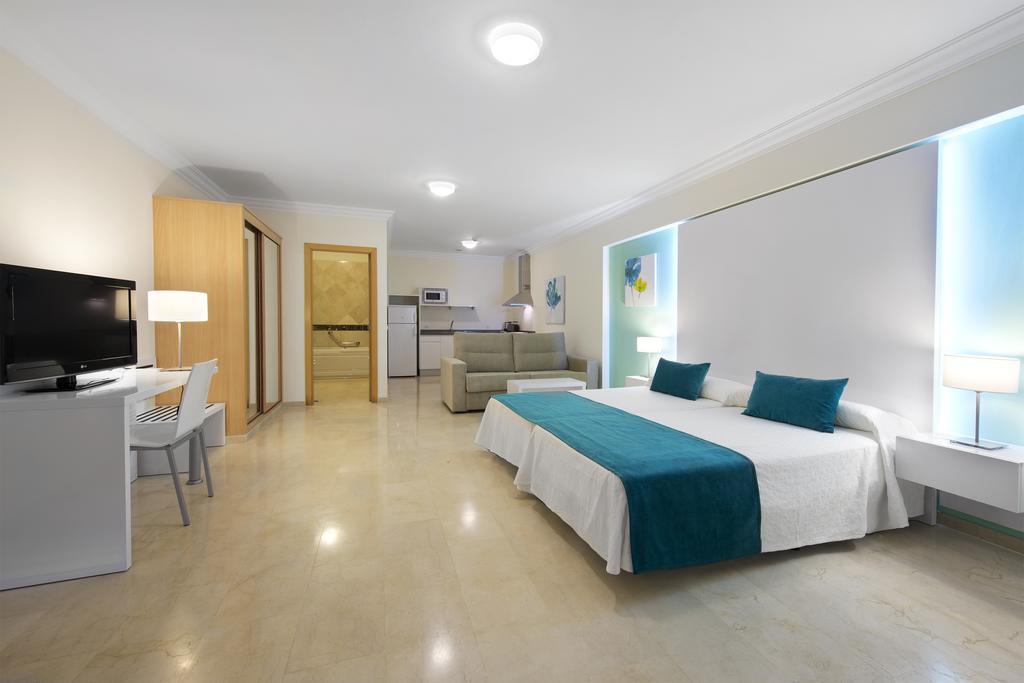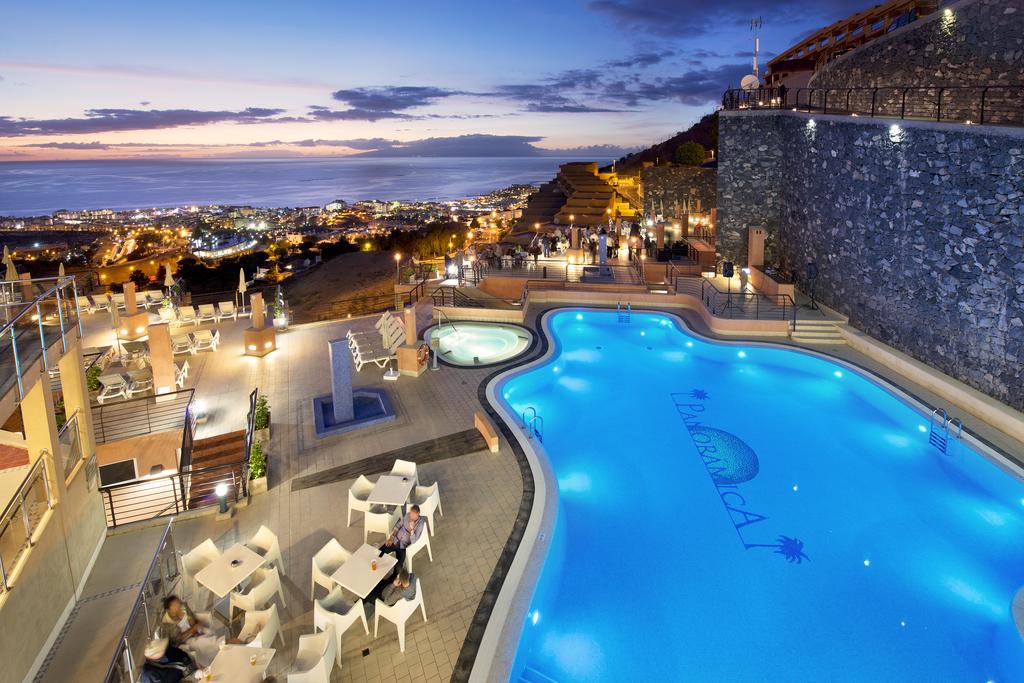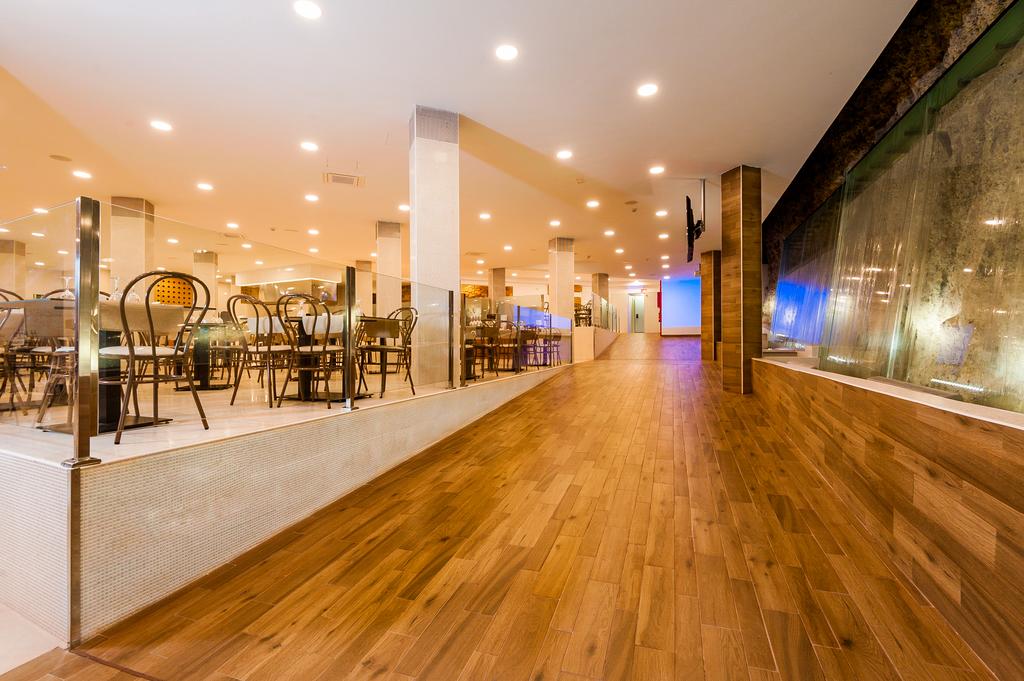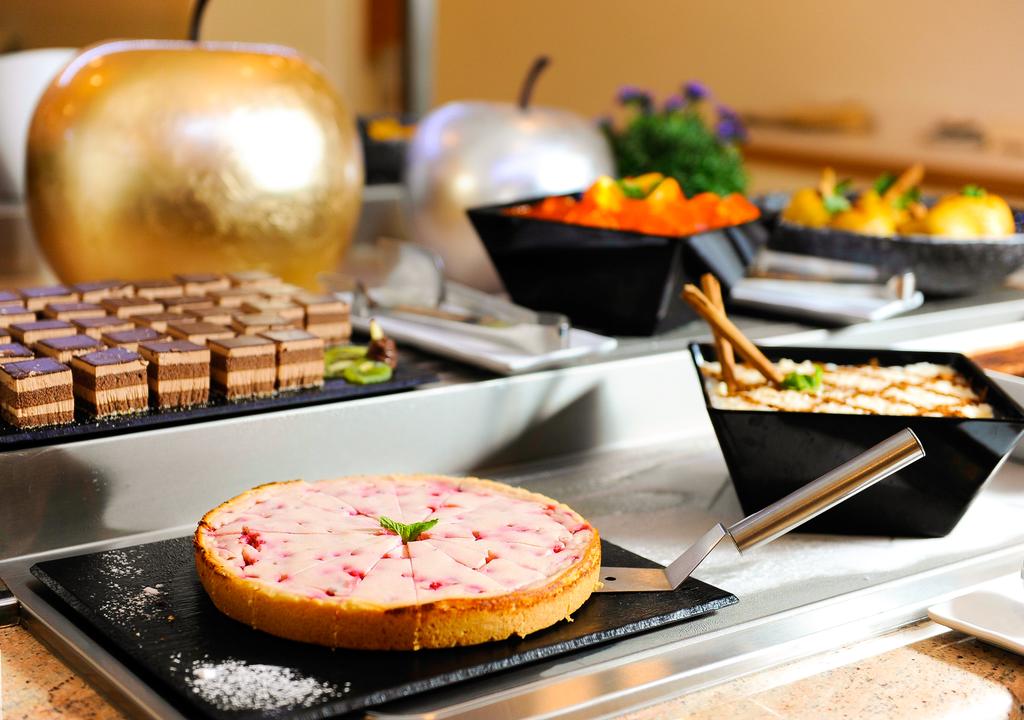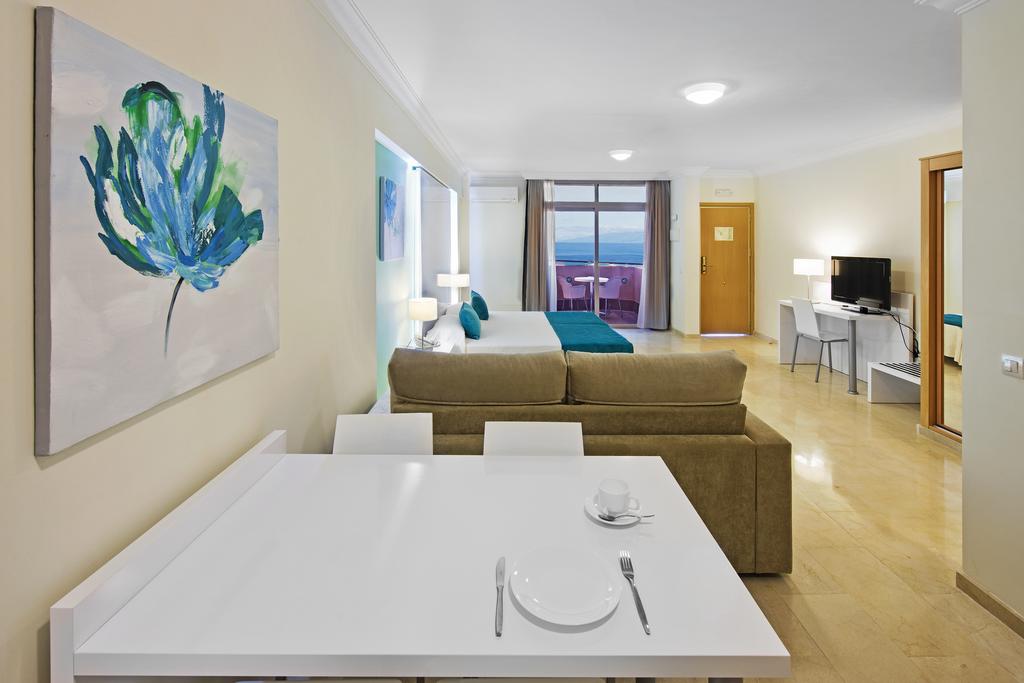Informations about the destination
Tenerife is undergoing something of a metamorphosis. Long synonymous with crass commercialism, the island has been pursuing a more discerning clientele in a bid to confine its pies, fries, and beer image to the history books.
Offering a closer and cost-effective alternative to the Caribbean, its verdant peaks and sandy shores are indeed attracting more refined pilgrims; those who come in search of sun and solace, rather than cheap booze and casual sex.
The hotel scene is changing, too. Once dominated by pile-them-high-and-sell-them-cheap apartments, the island’s accommodation offering has been enhanced by luxury resorts, where guests can practice yoga on manicured beaches, tee-off overlooking the Atlantic or go horse riding in the surf.
In line with its image change, Tenerife's gastronomic scene is also experiencing a revolution. Promenades still tempt sunbathers with all day British breakfasts and cheap beer, but in hotel dining rooms and chic restaurants a culinary movement is gathering pace. The island's excellent wines are also finding a new faithful amongst the tippling cognoscenti of Europe.
Tenerife, the largest and most populous of the Canary Islands, was formed in the aftermath of a mighty volcanic eruption. Mount Teide is a reminder of its fiery past, looming large over the island.
A UNESCO World Heritage Site, Teide is the third largest volcano in the world and, while she sleeps a deep slumber, she remains active. During the winter her obsidian flanks turn white with snow and in spring her dark surface is streaked scarlet by the dazzling spikes of tajinaste plants.
Mother Nature's less explosive contributions include the mountain rainforests of Anaga; the sandy beaches of El Medano; and the vertiginous cliffs of Los Gigantes in the wild west.
Bathed in year-round sunshine and possessing an impressive diversity of landscapes and micro climates, visitors to Tenerife can go from snowboarding to surfing in the space of a few hours and still have time to sip fine wine over a scarlet sunset and stargaze in some of the world's clearest skies.
When to travel
Tenerife has a relatively stable climate throughout the year with average daytime temperatures varying between 15°C (59°F) and 25°C (77°F). August is generally the hottest month, January and February the coolest, during which time snow can appear on the highest ground. The north of the island tends to be a little cooler with more chance of cloudy days.
Good to know
timezoneUTC+01:00
Area code+34
Socket webshop
power sockets are of type C, E and F.
Currency
€
Bankcard
VISA, Maestro, American Express, Mastercard
Vaccination
not necessary
VISA
not necessary
Spoken language
Spanish

